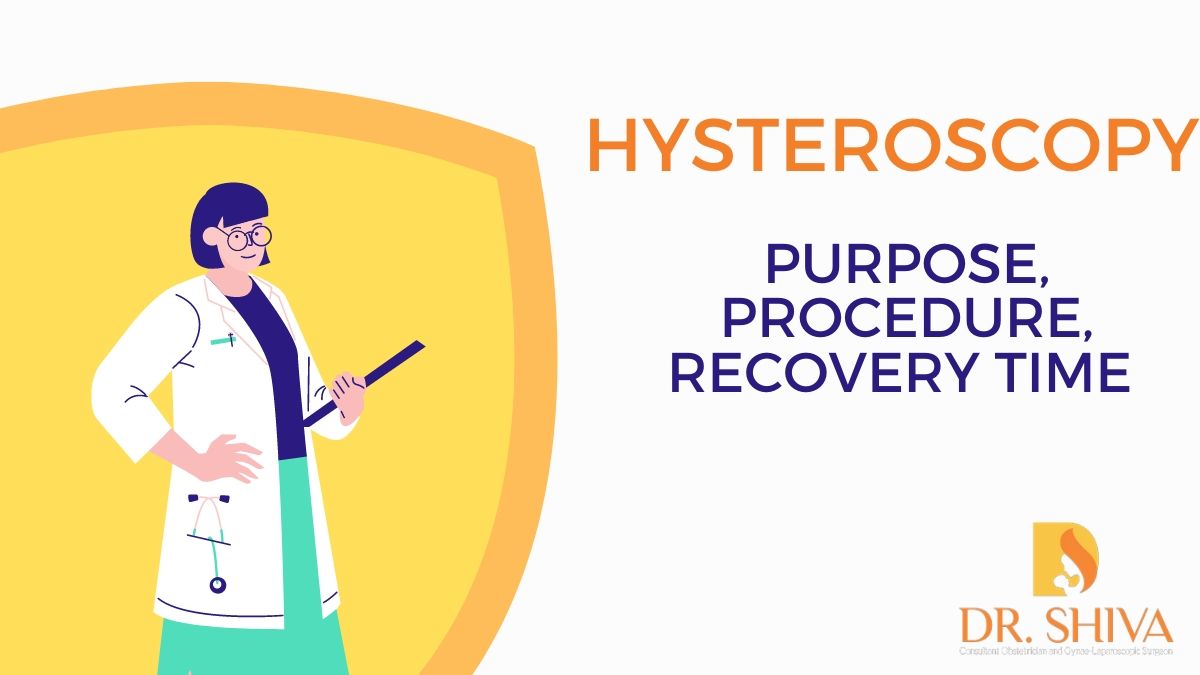
Hysteroscopy procedure helps doctors to examine the inside of the uterus to diagnose and also to treat problems of the uterus (can be for diagnostic or operative procedure). This procedure is conducted with the help of an instrument hysteroscope, a thin lighted tube, which is inserted into the vagina. If any issue has been identified while diagnosing, it may be corrected then itself by inserting small instruments through the hysteroscope.
When is hysteroscopy suggested?
- to treat abnormal uterine bleeding(read here to know more on https://drshivahk.com/blog/abnormal-uterine-bleeding/)
- diagnose issues for repeated miscarriages and difficulty to get pregnant
- to remove fibroids
- locate displaced intrauterine device(IUD)
- for biopsy
How is hysteroscopy performed?
It will not be performed when you are having periods. You may be given either local or general anesthesia before the procedure. A speculum will be first inserted into the vagina, to open the walls, followed by the hysteroscope which is moved into the uterus via the cervix. Next carbon dioxide gas or a fluid will be filled in the uterus to expand it and enable the surgeon to clearly see inside using the hysteroscope. If any operative procedure needs to be done small instrument will be passed through the hysteroscope.
How long does it take to perform hysteroscopy?
The procedure usually takes around 30 minutes but if it is to diagnose some issue it may last only up to 10mins. Usually local anesthesia is provided. Avoid water or food a few hours before the procedure. You are not required to stay in the hospital for this procedure.
Does it pain during the hysteroscopy procedure?
The pain varies as for some it may be mild or no pain but for some, it may be a bit severe. During the procedure you may feel slightly uncomfortable.
What is the recovery time and what can be expected after hysteroscopy?
- You may return to normal activities soon itself, for some the same day itself. If you were given general anesthesia a few days rest may be required.
- Can follow a normal diet.
- May have pain caused due to the gas used in the procedure but not for more than a day
- You may experience cramping pain and slight bleeding for a few days.
- Avoid sex for a week.
- You may drive if you have not taken general anesthesia else wait for a day.
What are the potential risks associated with hysteroscopy?
There are very small chances of any risks. However, they include:
- Damage to uterus or cervix
- Infection
- Excessive bleeding
- Complication from gas/fluid used in the procedure
You will have to meet the doctor if any of these conditions exist:
- severe pain
- foul-smelling discharge
- heavy bleeding
For more details on hysteroscopy contact us.

